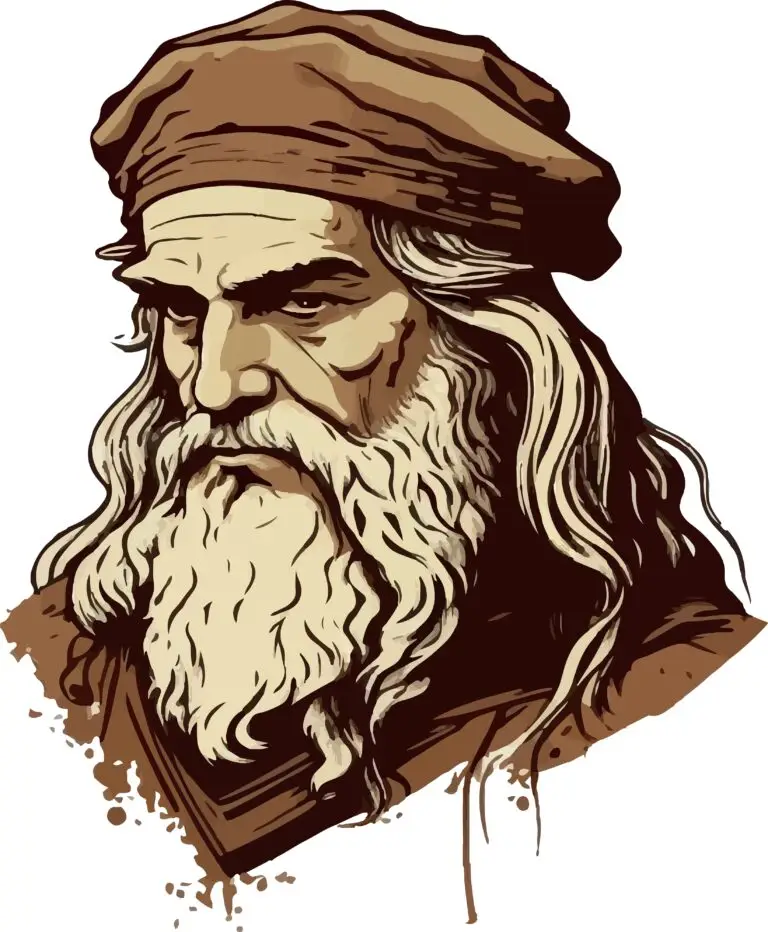Renaissance

Table of Contents
The Renaissance Period
The Renaissance, meaning “rebirth” in French, was a cultural and intellectual movement that emerged in Europe during the 14th to 17th centuries. It marked a revival of interest in classical Greco-Roman knowledge, literature, philosophy, and art, following the stagnation of the Middle Ages.
The Renaissance began in Italy, particularly in cities like Florence, Venice, and Rome, and spread across the continent. Key features of the Renaissance included a focus on humanism, the study of classical texts, the celebration of individual achievement, and the development of new artistic techniques.
Prominent figures of the Renaissance included artists such as Leonardo da Vinci, Michelangelo, and Raphael, as well as writers like Dante Alighieri and Petrarch.
Impact of the Renaissance Era
The Renaissance emerged as a revival of classical learning and humanism, with a renewed interest in the literature, art, and philosophy of ancient Greece and Rome.
The Renaissance was characterized by a shift from the medieval worldview to a focus on humanism, individualism, and secularism, emphasizing the potential and achievements of humanity.
Italian city-states such as Florence, Venice, and Rome served as important centers of Renaissance culture, attracting artists, scholars, and patrons who supported artistic and intellectual endeavors.
Renaissance art, including painting, sculpture, and architecture, emphasized realism, perspective, and the portrayal of human emotion, as seen in works by artists such as Leonardo da Vinci, Michelangelo, and Raphael.
The printing press, invented by Johannes Gutenberg in the mid-15th century, played a crucial role in the spread of Renaissance ideas, facilitating the dissemination of books, pamphlets, and artworks.
Humanist scholars such as Petrarch, Erasmus, and Pico della Mirandola promoted the study of classical literature, rhetoric, and philosophy, contributing to the development of Renaissance thought.
The Renaissance witnessed significant advancements in science and exploration, including the heliocentric theory proposed by Nicolaus Copernicus and the voyages of discovery led by explorers like Christopher Columbus and Vasco da Gama.
The Italian Wars (1494–1559) and other conflicts disrupted the stability of Italian city-states, leading to the spread of Renaissance ideals and artistic styles to other parts of Europe.
The Northern Renaissance, centered in regions such as Flanders, Germany, and England, developed its own artistic and intellectual traditions influenced by Italian humanism but also incorporated religious themes and social critique.
The Protestant Reformation, initiated by Martin Luther in 1517, challenged the authority of the Catholic Church and had profound religious, social, and political consequences for Europe during the Renaissance period.
Related Links
Ancient Rome
Italian Renaissance
Protestant Reformation
Scientific Revolution